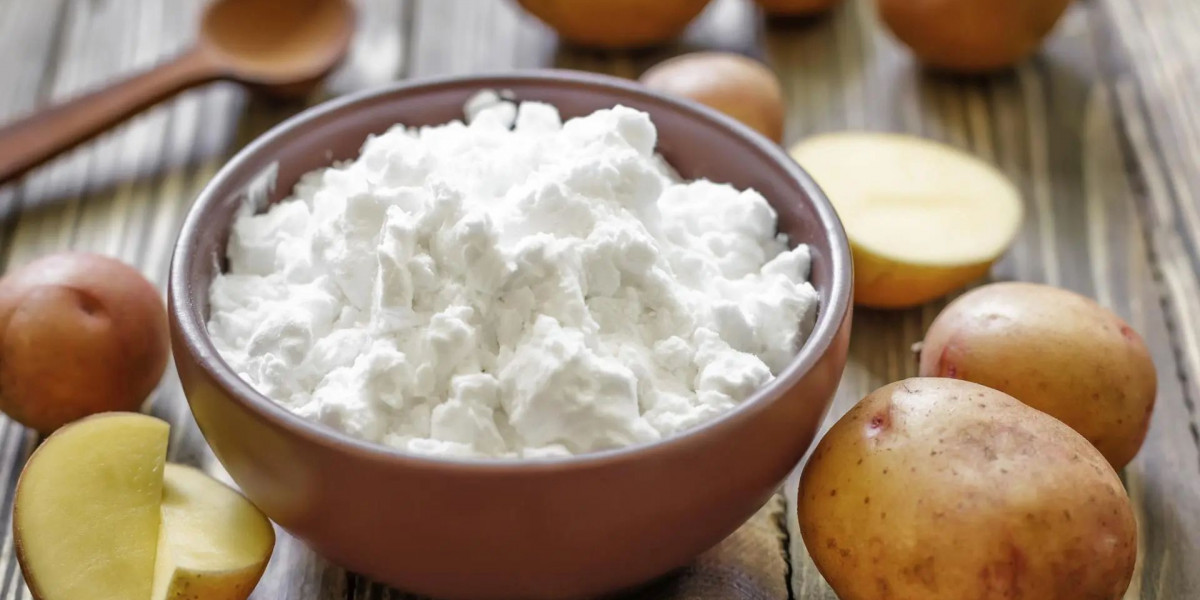As the global appetite for clean-label, plant-based, and naturally sourced ingredients grows, the native starch market is stepping into the spotlight not just as a vital domestic commodity but as a strong contender in international trade. Native starch, extracted directly from sources like corn, cassava, potato, and rice, is seeing rising demand in industries spanning food and beverages, personal care, pharmaceuticals, textiles, and biodegradable packaging. For producers and exporters, this trend represents a significant opportunity but not without its complexities.
Lets unpack the promising avenues and the practical hurdles of exporting native starch in todays dynamic global market.
Opportunities Driving Export Growth
1. Surging Demand for Clean Label Products
Health-conscious consumers around the world are rejecting overly processed or synthetic additives, leading food manufacturers to shift toward ingredients that are natural, familiar, and functional. Native starch fits this bill perfectly. Its ability to thicken, stabilize, and improve texturewithout the need for chemical modification makes it an ideal candidate for export to developed markets in North America, Europe, and parts of Asia.
2. Industrial and Non-Food Applications
Beyond food, native starch is gaining traction in pharmaceutical tablet production, biodegradable packaging, adhesives, and paper manufacturing. These emerging applications create steady and often high-volume demand in international markets, particularly in regions emphasizing sustainability and circular economies.
3. Production Advantages in Developing Nations
Countries like Thailand, India, Brazil, and Vietnam have abundant access to key starch crops like cassava and maize, favorable climatic conditions, and competitive labor costs. These advantages position them as export hubs, with strong potential to supply markets that lack local agricultural resources or cost-effective production systems.
4. Trade Agreements and Regional Integration
Free trade agreements (FTAs) and regional trade pacts are opening up new pathways for starch exporters. Agreements within ASEAN, Mercosur, or between developing nations and the EU can reduce tariffs, ease customs processes, and promote greater cross-border movement of goods.
Challenges Hindering International Trade
1. Regulatory and Quality Compliance
Exporting native starch isnt as simple as producing and shipping it. Buyers in international markets often require strict adherence to food safety and quality standards such as ISO, HACCP, GMP, or even region-specific certifications like USDA Organic or EU Novel Food compliance.
For exporters in developing countries, meeting these standards can be resource-intensive, requiring investments in testing, documentation, and production infrastructure.
2. Logistics and Supply Chain Fragility
Native starch, particularly in powder form, requires moisture-controlled storage and specialized transportation to prevent degradation. Inconsistent transport infrastructure, port congestion, or a lack of refrigerated warehousing can compromise product quality during transit.
Moreover, geopolitical tensions or natural disasters can disrupt global shipping routes, leading to delays, rising freight costs, and missed trade windows.
3. Tariff and Non-Tariff Barriers
While FTAs create opportunities, many exporters still face trade barriers such as import quotas, high tariffs, or complex customs requirements in certain regions. Non-tariff barriers like origin labeling laws, packaging restrictions, or phytosanitary regulations also pose compliance challenges.
This patchwork of rules means exporters must stay well-informed and adapt quickly to evolving trade policies.
4. Currency Fluctuations and Price Volatility
Since starch exports are closely tied to agricultural commodities, global price volatility due to crop yields, fuel costs, or economic shifts can significantly affect profitability. Currency fluctuations between exporting and importing nations further complicate pricing strategies, sometimes eroding margins even in high-demand markets.
Strategic Approaches to Maximize Export Success
To effectively navigate the global starch trade, exporters should consider several proactive strategies:
Market Specialization: Focus on niche markets such as organic starch, gluten-free food, or pharmaceutical-grade ingredients, where quality can command premium pricing.
Certifications and Branding: Invest in international certifications and build a brand around purity, sustainability, and traceability to stand out in competitive markets.
Logistics Optimization: Partner with reliable freight and warehousing providers that specialize in perishable or bulk agricultural exports.
Diversified Trade Networks: Dont rely on a single region or buyer diversify export channels across multiple continents to mitigate localized disruptions.
Government Collaboration: Work with local trade bodies or export councils to access subsidies, trade fairs, and market intelligence that can ease international entry and expansion.
Conclusion
The native starch market holds substantial export potential, driven by evolving global preferences for natural, functional, and sustainable ingredients. Countries with strong agricultural bases and the ability to scale high-quality starch production have a distinct advantage. However, success in international trade requires more than just supply it demands an understanding of regulatory landscapes, investment in quality and logistics, and a strategic approach to branding and market targeting.
As demand grows and global food systems become more interconnected, exporters who can balance quality with agility will not only capture market sharebut set the pace for the native starch trade of the future.
Read more https://www.pristinemarketinsights.com/native-starch-market-report









